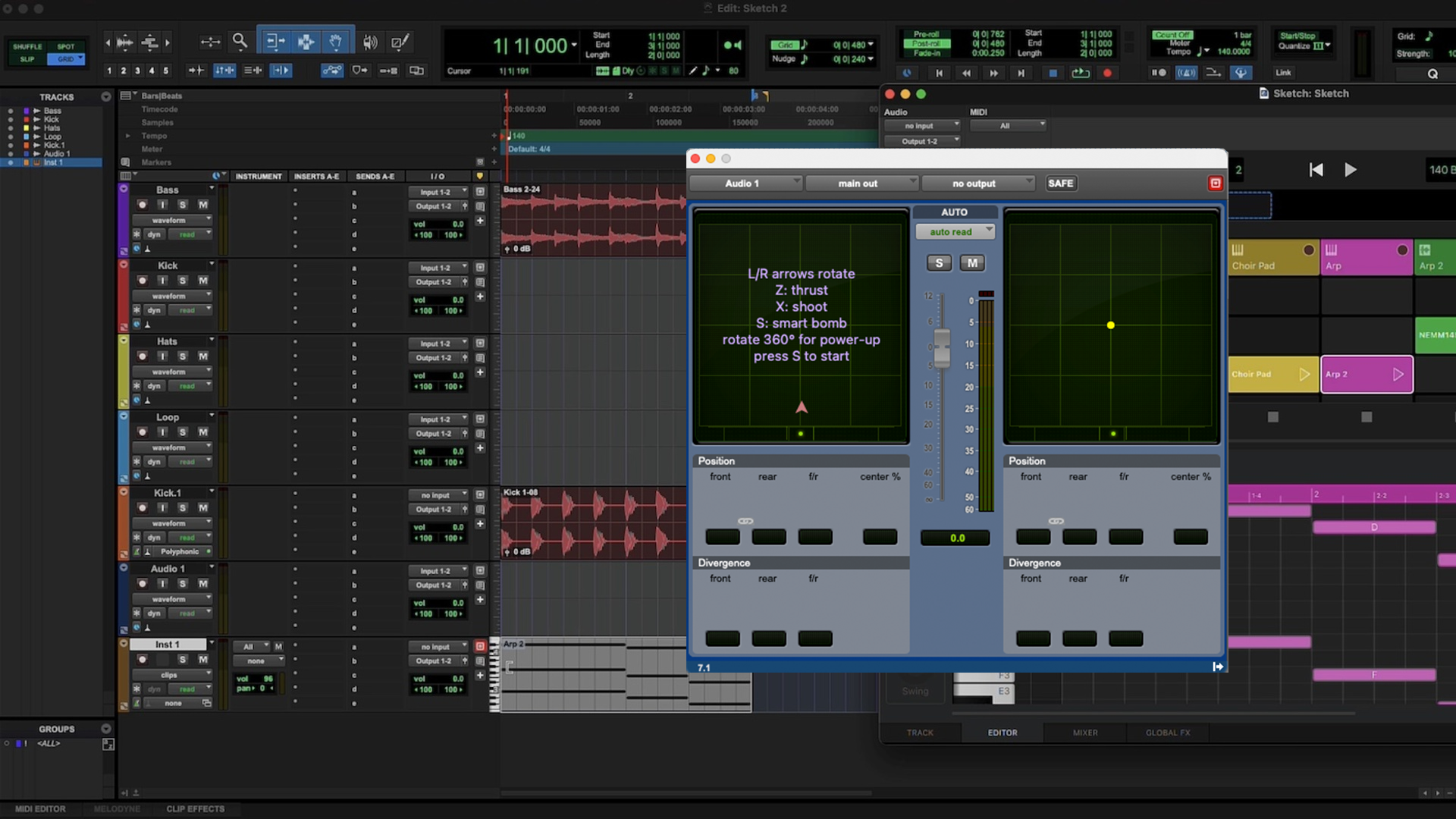
Most DAWs are pretty powerful these days, and Pro Tools is no exception. Not powerful in a take-over-the-galaxy kind of way - more like the new landlord at the local pub.
Pro Tools is constantly introducing new features (like Morris Dancing on Thursday nights - some of which are better ideas than others), developing existing ones (teaching bar staff how to actually provide customer service) and ultimately hiding things that few people even knew existed - like the secret passage under the bar used for alcohol smuggling during prohibition.
Now, you may be thinking: Rob, you obviously spend way too much time in the pub. Or you might be thinking, drop the extended metaphor and please enlighten us with these ten things already! Without further ado...
1. Beat Detective
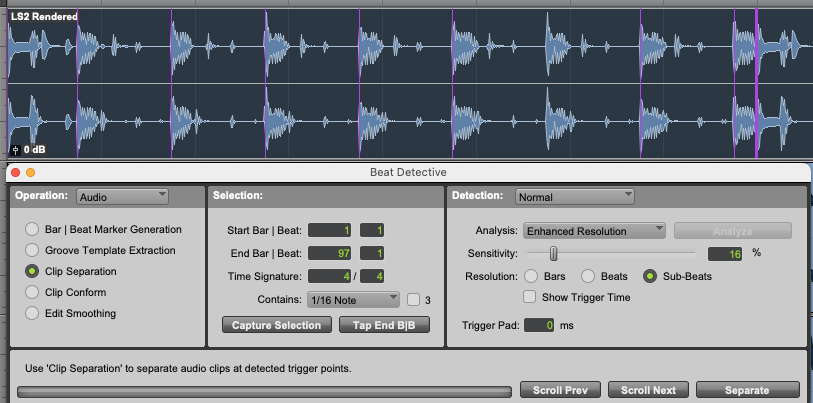
Beat Detective has been part of Pro Tools forever, and allows the user to manipulate the timing and groove of an audio track. With three simple steps it is possible to analyse audio (in this case, let's talk about live drums as it’s the most common use case), detect all the transients, separate the audio, conform the audio back to a specific timing and then smooth any edits that the previous operations have created. This simple built-in option speeds up the conforming of live tracks to MIDI tracks or guides.
2. Strip Silence
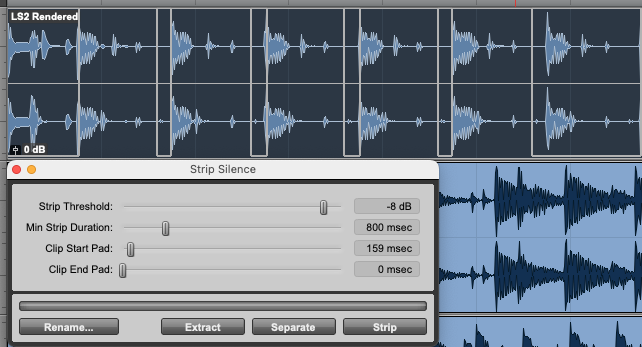
In a similar vein to Beat Detective, Pro Tools has an extremely useful - but often aggressive - tool called Strip Silence. This allows quick and easy removal of audio under a certain threshold, or for an audio region to be separated at the point where the audio level drops under that threshold.
In addition, the user is also able to set padding (in milliseconds) either side of the threshold, giving the cut audio a bit of breathing space. Strip silence is extremely useful in editing dialogue or vocal tracks - for the initial pass at least. However, as mentioned, it can make clumsy edits if your parameters are not set correctly.
3. Cloud Collaboration
Several years back Avid introduced Cloud Collaboration. Basically, it's an integrated cloud drive allowing easy sharing of session files and projects. Pro Tools comes with a basic package which includes limited storage as part of your subscription. Frankly, it’s pretty limited and not really usable, but gives a taste of what is on offer. For an extra £4 per month you can treat yourself to a whole world of 100GB of storage, enhanced collaboration, versioning and - if you're lucky - some dry roasted peanuts.
4. ARA2 Support
ARA2 Support (Audio Random Access) allows zero-latency, real-time track based processing, but also seamless integration between previously external editors and Pro Tools. Pro Tools currently supports Celemony’s Melodyne, iZotope RX Spectral Editor, Synchro Arts Re-Pitch, Vocalign and Revoice Pro and Sound Radix Auto-Align/Auto-Align Post 2.
The biggest advantage of this integration is that is allows the user the option to run these packages in real-time, whereas before changes would have to be rendered. This of course allows for greater flexibility in terms of undoing changes, enabling us to quickly hear the effect of any processing without having to send the audio out to the third party application.
5. Freeze Tracks
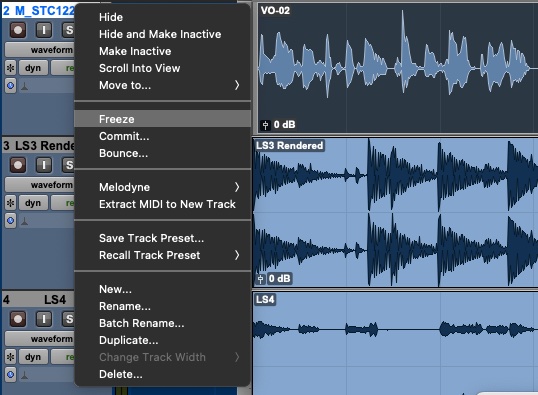
Freezing tracks in Pro Tools is extremely useful if you find yourself running out of system resources. Freezing a track renders it to disk, and in doing so, renders effects, EQ, clip gain, instruments and Elastic Audio to the file. It does not however render anything mix-related, such as volume, sends and pan. Additionally, Freezing a track is also undoable. By simply unfreezing the track additional changes can be made before it is re-frozen.
6. Commit Tracks
Committing a track is very similar to Freezing except the files are written to disk and appear as new clips in the clip list. Unlike Freezing, there is no undo feature on Committed tracks, but it does give you render options that include mixer parameters. The original audio is also still available, and there are options in the render window as to where the original audio should be stored.
7. Track Presets
Track Presets are extremely flexible and can speed up creating a new session based on user preferences or a previous session. A Track Preset can include everything from clips on the track, their states and alternative playlists, automation, routing assignments, plugins and their settings and automation, channel I/O, colours, comments, mix and edit groups and Dolby Atmos Bed/Object assignments. Basically anything you set, you can save.
8. Playlist Comping
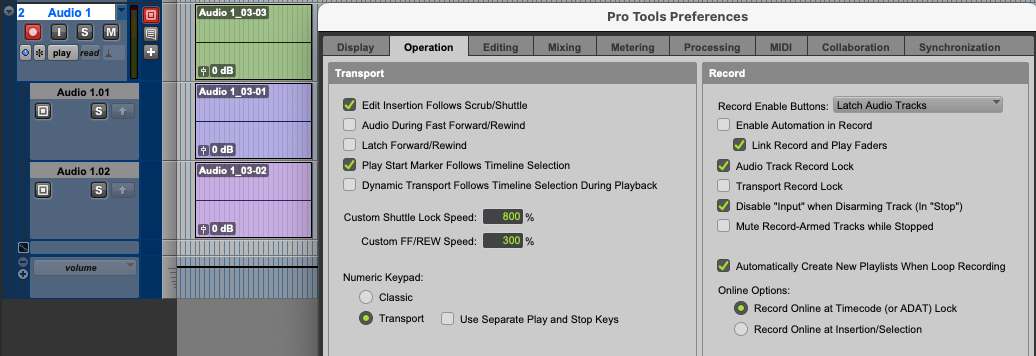
Playlists in Pro Tools are extremely useful, and one of the features that many people are unaware of. On each track the user can have multiple versions in playlists, which can be accessed in several ways. Simply swapping to a different playlist makes it the active one for playback.
It is also possible to see all playlists for a track simultaneously. In this mode a target playlist is selected and clips on alternate playlists can be sent up to the target by simply selecting the clip and pressing the Copy Selection to Target button. For music comping this is extremely useful and even in post-production I use it a great deal for dialogue and effects moves or alterations between versions.
Finally, when recording in Loop mode there is an option to put each loop automatically onto a new playlist, which is then easily accessible with either of the workflows mentioned above.
9. Memory Locations
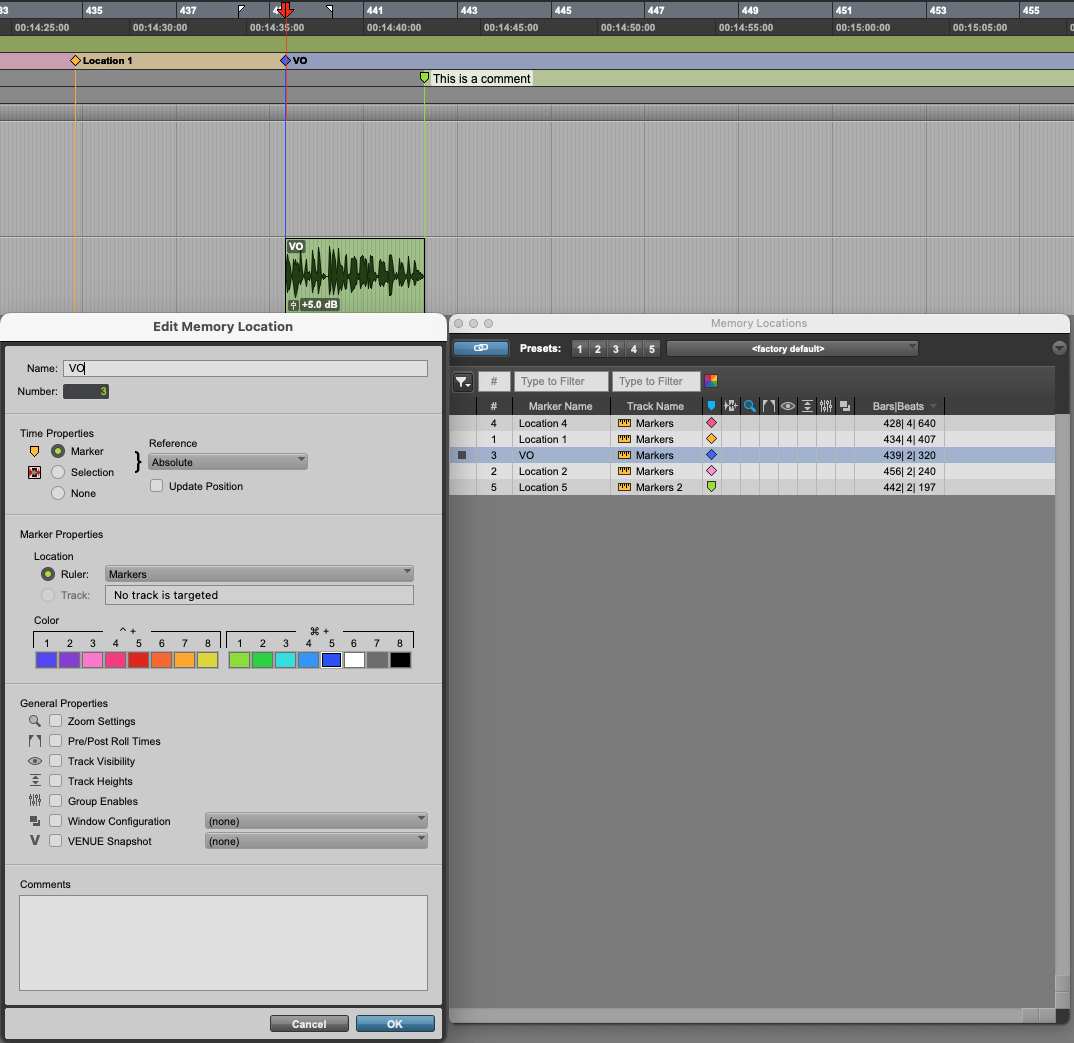
This sounds dull, like the old bloke who stands at the bar getting slowly drunk and talking at length about Land Rovers. But Memory Locations are, like all of things in this list, pretty damn funky. They have evolved over the time I have been using Pro Tools and are now so useful they verge on the complicated!
In the latest versions of Pro Tools you can now have multiple marker lane - each track can have its own markers, and comments for the markers can be displayed rather than the marker name. But here’s the best bit: markers don’t have to be just markers! They can act as presets for zoom settings, pre/post roll, track visibility, track heights, group enables and window configurations or a combination of them. All markers are easily recalled by pressing full stop on the number pad, typing the number of the memory location and another full stop.
10. Session Import
Session Import allows the importing of practically any parameter from an existing session into the current one. All recalled data is selectable, imported audio can be placed wherever you want on the timeline as part of the import process, and rather than copying the audio it can just be linked. The latter option is extremely useful for large projects where the same audio is being used in multiple sessions.
These are just a few of the features in Pro Tools that are not so obvious but can be extremely useful. However, there is one more thing - and this is something you would definitely find in your local pub circa 1979 - a hidden version of Asteroids playable within Pro Tools. I’d tell you how to access it, but the bell for last orders has just gone and my Uber is outside. Adios!







